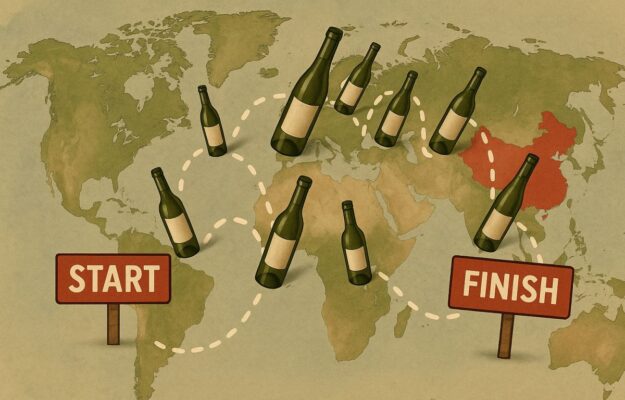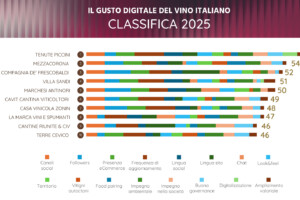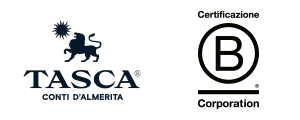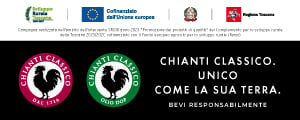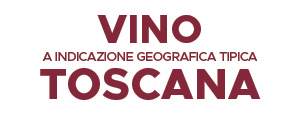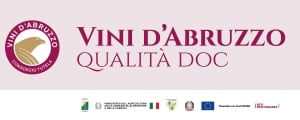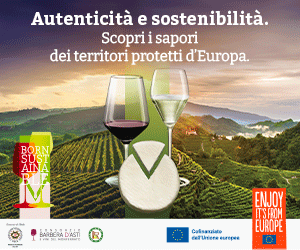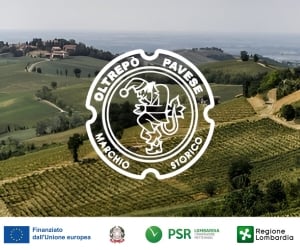There are countries which don’t have even half a hectare of vineyard, which don’t produce a single liter of wine, yet together they export wine worth amounts only slightly lower than those of regions like Veneto and Tuscany (around 1.2 billion euros in 2024, according to Istat data, ed). Or rather, they “re-export” it. Because wine, which has always been a “global” product, as explained by the many amphorae found in shipwrecks from centuries past that have helped historians trace the routes of ancient peoples, especially in the Mediterranean, but not only, sometimes travels not only long distances but also in “non-linear” ways from the vineyard where it is produced to the glass of the person drinking it. And, in this way, in a global wine trade landscape that in 2024 moved 99.1 million hectoliters for 35.9 billion euros, in line with recent years, re-exports accounted on average between 2018 and 2023 for 13% of total exports, corresponding to 14 million hectoliters worth 4.6 billion euros. This emerges from the in-depth report by the Oiv - International Organisation of Vine and Wine entitled “The Global Trade in Wine: Role and Relevance of Re-exportation Hubs”, as previewed by Giorgio Delgrosso on WineNews (in this video).
According to Oiv data, global wine trade today represents 47% of global consumption. Between 2018 and 2023, re-exports made up about 13% of total wine exports, amounting to 14 million hectoliters worth €4.6 billion. The report identifies various types of re-export hubs: from traditional European trade centers like the United Kingdom, which remains a key platform for redistribution, to premium gateways in Asia like Singapore, where high-value wines are channeled to regional markets. Emerging regional players are also highlighted, such as Canada and Angola, which help connect nearby markets and diversify trade routes.
“Re-exportation has become a structural element of the global wine economy, influencing not only how wine moves but also how it creates value and reaches consumers. As global trade continues to evolve, understanding these flows is essential to anticipate changes in demand, improve market transparency, and strengthen the resilience of the international wine sector,” explains the Oiv. Which, to assess the scale and map of the phenomenon, the organization categorized countries based on the ratio between production and export, identifying a group made up of countries which export wine but do not produce any (from Singapore to Hong Kong, from Thailand to Sweden, from Malaysia to Macau, from Finland to Ireland, from Norway to the Dominican Republic, from Ghana to Kosovo, from Namibia to Sri Lanka, to mention the main 38 identified, which, together moved 0.8 million hectoliters worth 0.9 billion euros), a group of countries that export more wine than they produce (from Canada to the Netherlands, from Belgium to Latvia, from the UK to Lithuania, from Slovakia to Denmark, up to Poland, with average annual exports of 6.9 million hectoliters worth 2.3 billion euros), and one of countries whose exports are lower than their production, including all major producers (from France to Italy, from Spain to the USA, from New Zealand to Australia, from Chile to Germany, from South Africa to Georgia, from Argentina to Greece, just to make some examples, which move 97.6 million hectoliters worth 30.6 billion euros).
In extreme summary, the study, which considered only 98 countries with export volumes above 100 hectoliters in 2023, states: “by combining information from all groups, the analysis - explains Oiv - shows that re-exports constitute a significant share of global wine trade. It is estimated that 13.97 million hectoliters, corresponding to 13.3% of global wine exports, are attributable to re-exportation. The value of re-exports in global wine trade is estimated by assuming that the average price of re-exports generally aligns with the overall average export price across all country groups. However, for countries exporting between 10% and 50% of their production, the average import price was used, increased by 35%, to account for value-added activities carried out by distribution companies in re-exporting countries. Using this methodology, the global value of re-exports is estimated at around 4.55 billion euros, corresponding to 13.5% of total global wine export revenues. The average price per liter of re-exported wine is consistent with the global average export price, equal to 3.26 euros.
“These findings highlight the crucial role of countries acting as re-export hubs, which redistribute wine globally, enhance accessibility, and promote greater diversification of the global wine supply. Re-exportation reveals the true geography of wine flows, distinguishing between the places where wines are produced, marketed, and consumed. Moreover, it shows how value is generated also beyond production, through activities such as storage, bottling, and redistribution, helping to ensure a more flexible and adaptable global market”, concludes Oiv.
Copyright © 2000/2025
Contatti: info@winenews.it
Seguici anche su Twitter: @WineNewsIt
Seguici anche su Facebook: @winenewsit
Questo articolo è tratto dall'archivio di WineNews - Tutti i diritti riservati - Copyright © 2000/2025










